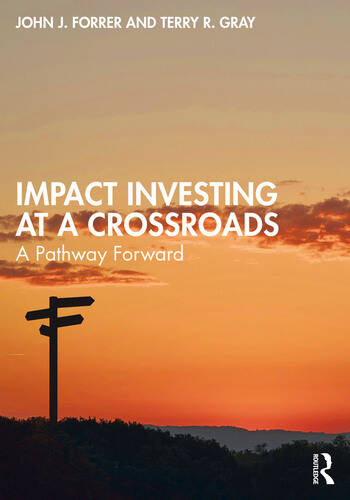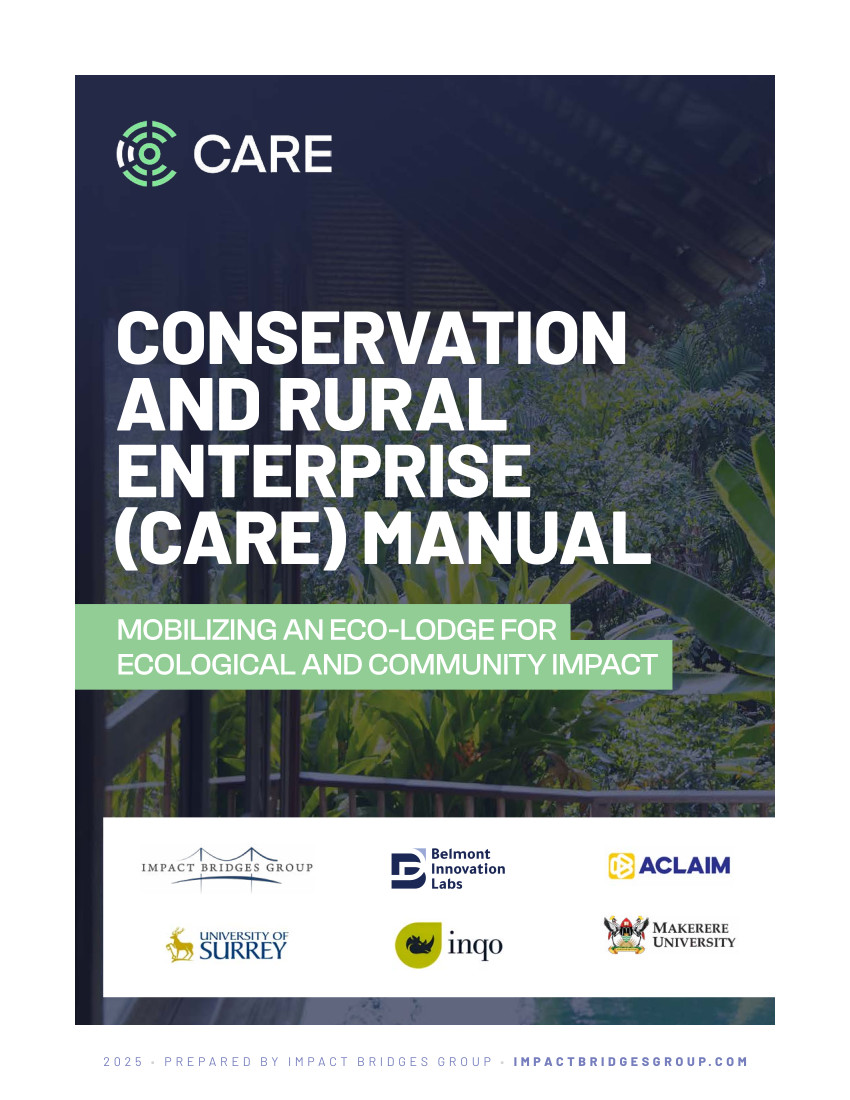Impact Bridges Group is dedicated to supporting impact investing practitioners by providing a wide range of valuable resources, including books, documents, and articles. Most of these resources are offered free of charge, ensuring accessible knowledge for everyone. While books are available through all major online book retailers, IBG is able to offer them at a reduced cost, making it easier for professionals to access essential materials. Interested individuals can contact IBG at info@impactbridgesgroup.com with "Books" in the subject line to learn more.

by John J. Forrer (Author), Terry R. Gray (Author)
Impact investing has shown great promise as a major transformational investment paradigm, but in practice, it is underperforming woefully, and its prospects are dimming: It comprises less than 1% of the world’s equity investments, and too many claims of success are more about marketing and reputational value than hard evidence of positive social impacts. Drawing on over a decade of hands-on experience, this book presents a unique combination of a how-to guide and a reimagining – new models, frameworks, techniques, and tools – of what impact investing could be and could accomplish. It points to a new direction for future impact investments: achieve higher financial returns, more positive social and environmental impacts, and lower risks than conventional investments. Readers will learn what actions to take at each stage of impact investing, as well as which models, analytic frameworks, and techniques to use – and how to apply them – for optimal results.
This book provides a step-by-step guide on how impact investing can fulfill its promise of transforming global investments into a powerful, positive force for change. It is an inspiring and comprehensive resource for anyone who wants to understand how impact investing works and how it can be improved, from professionals at foundations, international NGOs, consulting firms, and government agencies, to students of finance, public policy, ESG, sustainability, and international development.

The CARE Manual presents an innovative, holistic approach to addressing two interconnected global challenges: rural poverty and environmental conservation. Recognizing that traditional efforts often treat economic development and ecological protection as separate endeavours, CARE introduces an enterprise-driven model that integrates both objectives. This approach emphasizes sustainable prosperity by leveraging diversified funding sources—such as ecotourism, joint ventures with small and medium enterprises, and potential carbon trading—to ensure long-term viability. Central to the strategy is an asset-based framework that links conservation initiatives with economic activities, fostering resilience in vulnerable communities while safeguarding biodiversity and habitats.
What sets the CARE Manual apart is its use of cutting-edge research and technology to inform its strategy. Through the CARE Research Collaborative, which combines satellite imagery and ground-level surveys, the model is grounded in comprehensive, evidence-based insights that enhance scalability and adaptability. This integrated methodology aims to halt the alarming rate of habitat degradation and biodiversity loss, ultimately breaking the cycle of environmental decline and rural impoverishment. The manual underscores the urgency of innovative solutions like CARE, demonstrating how collaboration, advanced technology, and rigorous research can pave the way for sustainable development—where thriving communities and healthy ecosystems mutually reinforce each other.
Download report